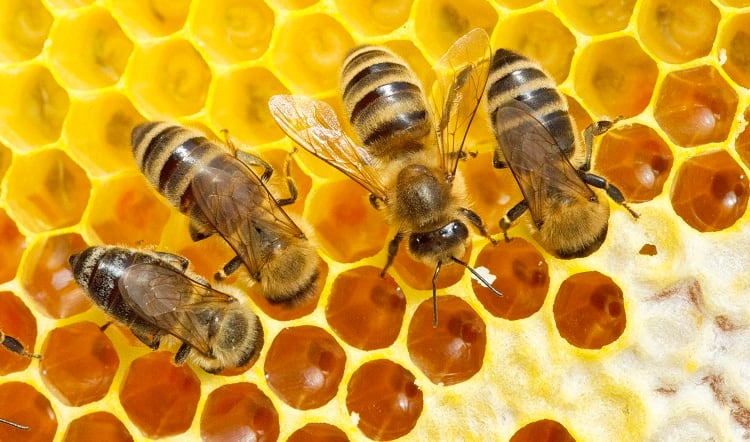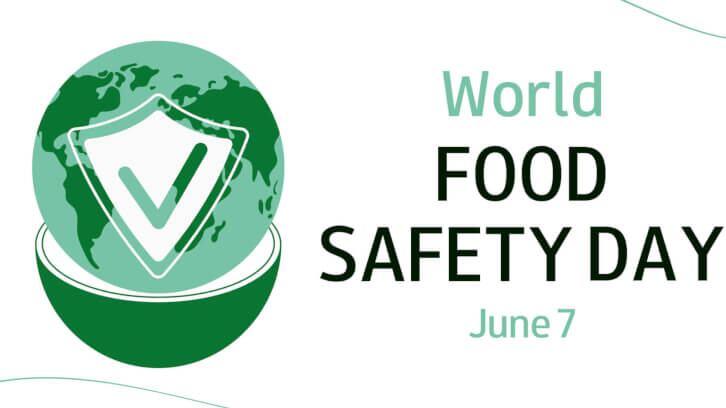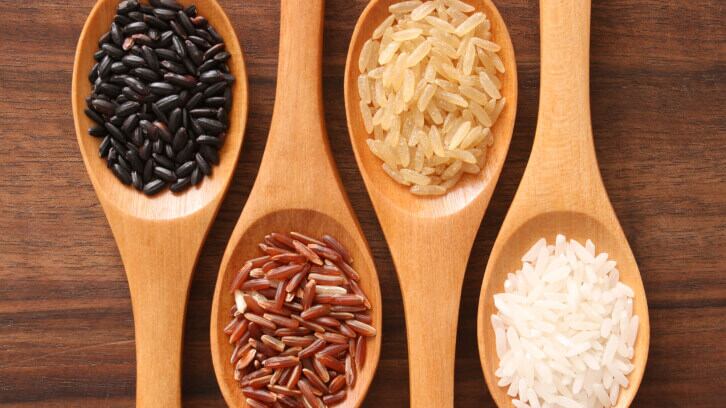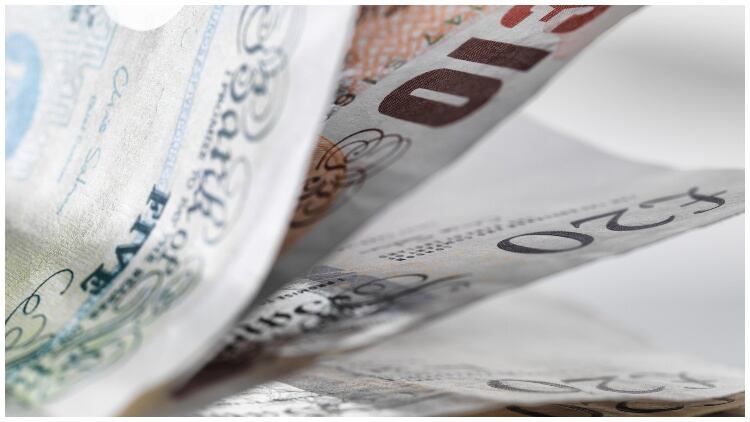A research project led by Dr Maria Anastasiadi, lecturer in bioinformatics at Cranfield University, with the Food Standards Agency (FSA) and the UK’s Science and Technology Facilities Council (STFC), used a specialist light analysis technique to detect fake honey without opening the jar.
It was one of two new methods of authenticating UK honey quickly and accurately explored by scientists at the Cranfield University.
Samples of UK honeys spiked with rice and sugar beet syrups were tested using the non-invasive Spatial Offset Raman Spectroscopy (SORS) method more commonly used in pharmaceutical and security diagnostics.
Ingredient fingerprints
Researchers found that this method proved highly accurate in detecting sugar syrups present in the honey by identifying the ‘fingerprint’ of each ingredient in the product. Scientists combined this technique with machine learning to successfully detect and identify sugar syrups from various plant sources.
Alongside its ease of use, the method of using SORS to detect adulteration in honey is also portable, making it an ideal screening tool for use along the supply chain.
Dr Anastasiadi said: “Honey is expensive and in demand, and can be targeted by fraudsters which leaves genuine suppliers out of pocket and undermines consumers’ trust. This method is an effective, quick tool to identify suspicious samples of honey, helping the industry to protect consumers and verify supply chains.”
In the second study, DNA barcoding was used to detect rice and corn syrups spiked in UK honey samples.
Highly accurate
Scientists from the university, in collaboration with the FSA and Queen’s University of Belfast, were able to break down the composition of each of their 21 samples – 17 from bee farmers in the UK, four from supermarkets and online retailers – and successfully detect syrups even at 1% adulteration level.
“To date, DNA methods haven’t been widely used to examine honey authenticity,” Dr Anastasiadi added. “But our study showed that this is a sensitive, reliable and robust way to detect adulteration and confirm the origins of syrups added to the honey.
“The large variation of honey composition makes it particularly difficult to authenticate. So having this consistent technique in the testing armoury could take the sting out of honey fraud.”
Researchers at the university posited that he two methods developed can work together to increase chances of detecting exogenous sugar adulteration in honey.
Meanwhile, as war between Russia and Ukraine continues to affect the food supply chain, Bia Analytical looks at how manufacturers can ensure their wheat/flour is genuine.





